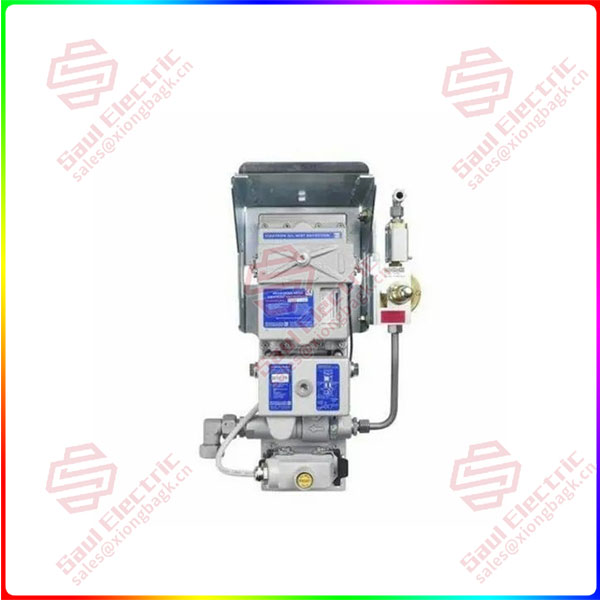By deploying EtherCAT, robotics, and AI technologies and redesigning production machines for quality control, the sterile sampling bag factory increased its machine production capacity by 15 to 35 percent.
A focus on quality standards and flexibility in production is essential for the aseptic sampling industry. After all, sampling bags need to hold sampling sponges, food, drugs, or organics of various sizes in order to be tested in the lab and prevent contamination to ensure consumer safety.
Labplas has built a tailor-made machine line at its Montreal-area production facility to produce not only standard-sized sampling bags and kits, but also custom products in a wide range of materials, from 3 to 33 inches wide, with little to no conversion required.
Benoit Brouillette, Managing Director of Labplas, said: “We are constantly improving our systems through automation to achieve more products and higher throughput while maintaining agility.”
Headquartered in Sainte-Julie, Quebec, Canada, the company has a network of independent distributors in approximately 55 countries serving customers in the food, agriculture, environmental, veterinary and pharmaceutical industries. Products include sterile sampling bags, test rod kits, food industry bags and environmentally friendly biodegradable bags.
From the first machine put into production 20 years ago, to the company’s current 24 MM series machine production lines, there have been many iterations. Christian Fontaine, manager of Research and Development at Labplas, said that several MM production lines have recently been redesigned, the engineering department has added additional robots and GigE cameras to improve production and repeatability, and artificial intelligence (AI) is also being deployed for better quality control. For Labplas, the key to any upgrade is the need to carefully consider the control platform down to every level of the component.

VN11587-EMC
“In order to maintain enough variety to produce custom products, the MM line must maintain a high level of complexity. If you don’t trust every part of the machine, you won’t trust the end result.” “Fontaine said.
01 Adopt reliable, open technology
The engineering team prioritizes system openness, which is necessary to increase data acquisition and integrate third-party components and real-time software. For example, Labplas wants to upgrade its assembly technology to produce sampling bags and fill them with sampling accessories such as sponges, cloth, spoons or scissors with robotic arms.
Previously, operators needed to manually load the sponge and place the kit into the finished open bag. To enable the design upgrade of the MM production line, Labplas considered different types of molding, filling, and sealing, and devised a way to integrate the device with a 6-axis robot.
All components need to work together in real time without communication issues from different vendors, while collecting and storing data on company servers or dedicated computing hardware for reporting and process improvement.
In addition, in future plant-wide renovations, the redesigned line will serve as a model for future plant-wide improvements that can increase production and make it easier for operations and maintenance personnel to move from one line to another.
“Our goal is to develop a standardized system in which automated equipment and machines will be fixed as much as possible, even though we have multifunctional production lines capable of producing more than 1,000 different product types,” Brouillette said.
Since traditional programmable logic controllers (PLCS) from previous vendors could not support robotics requirements, nor could they support AI, Labplas began seeking new partners in 2015. The engineering team decided that PC-based control was the best approach.
 1 Year Warranty
1 Year Warranty





